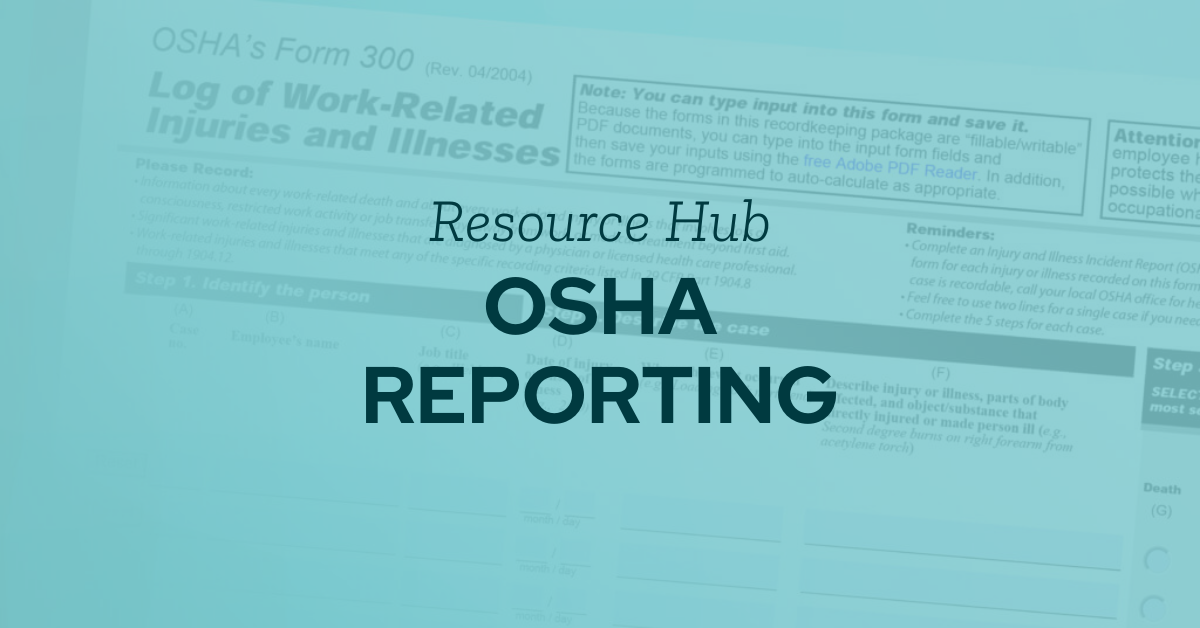Workplace Compliance News & Resources
Get the latest safety and workplace compliance news and resources from the federal, state, and local government levels. Below you’ll find late-breaking news, an interactive state map, the latest federal news, and minimum wage changes.
We try to keep it easy to understand and give you some general considerations on what to do, but we always recommend that businesses seek legal counsel for further advice and guidance on your particular situation.
Wherever available, KPA products are updated with the latest government notices and posters for employers.
Breaking News
Nothing to see here. Check back later!
Who: Federal contractors
When: Effective immediately
On March 14, 2025, President Trump rescinded Executive Order 14026, Increasing the Minimum Wage for Federal Contractors. Biden signed that EO in April 2021, which increased the federal contractor minimum wage to $15.00 per hour and to $17.75 per hour on January 1, 2025, to account for annual cost of living increases. That EO included tipped and non-tipped employees. EO 14026 applies to contracts entered into with the federal government on or after January 30, 2022, and contracts renewed or extended on or after January 30, 2022.
EO 10426 was predicated on EO 13658, which Obama implemented to increase the minimum wage for federal contractors, including annual cost-of-living increases covered by Executive Order 10426. EO 13658 still applies to the contracts it covers. The last increase for federal workers under 13658 was on January 1, 2025, to $13.30 per hour.
The rescission of the increased minimum wage applies to any new or renewed contracts with the government. The prevailing wages under the Davis-Bacon Act or the McNamara-O’Hara Service Contract Act still apply. The U.S. Department of Labor will release additional guidance to help clarify questions on the minimum wage requirements.
How:
- Consult with legal counsel to ensure compliance.
- Monitor for additional guidance to be released by the Department of Labor.
Additional Resources:
Additional Rescissions of Harmful Executive Orders and Actions
Executive Order 14026 Increasing the Minimum Wage for Federal Contractors
Who:
- All employers
When: Effective immediately
On March 19, 2025, the U.S. Equal Employment Opportunity Commission (EEOC) and the U.S. Department of Justice (DOJ) released two technical assistance documents regarding unlawful discrimination related to diversity, equity, and inclusion (DEI) in the workplace. The guidelines are based on Title VII of the Civil Rights Act of 1964, existing EEOC policy guidance, technical assistance documents, and Supreme Court precedent. The purpose of the technical documents is to help employees know their rights and help employers understand how to avoid unlawful DEI-related discrimination.
The EEOC and DOJ co-published a one-page document titled “What to Do If You Experience Discrimination Related to DEI at Work.” The EEOC published a longer FAQ titled “What You Should Know About DEI-Related Discrimination at Work.” It provides examples of what the agencies view as potential actionable discrimination and says an action may be unlawful under Title VII of “an employment action motivated—in whole or in part—by an employee’s race, sex, or another protected characteristic.”
The technical guidance states that:
- Title VII protections apply equally to all workers, including employees, applicants, interns, and those participating in DEI programs.
- There is no “reverse discrimination.” Title VII’s protections apply to individuals who are part of a “minority group” and those who are part of a “majority group.
- There is no “business necessity” exception for DEI programs. “No general business interests in diversity and equity have ever been found by the Supreme Court or the EEOC to be sufficient to allow race-motivated employment actions.”
How:
- Evaluate your DEI programs and practices to ensure you meet the EEOC requirements, including hiring policies, promotion policies, and policies limiting speech or expression.
- Evaluate how DEI programs apply to interns and mentors, AI evaluation tools, and employee training programs.
- Train managers and HR personnel on compliant practices.
- Consult with legal counsel to review all DEI material and programs for compliance.
Additional Resources:
Title VII of the Civil Rights Act of 1964
What To Do If You Experience Discrimination Related to DEI at Work
What You Should Know About DEI-Related Discrimination at Work
Who: Federal contractors, subcontractors, grant recipients, and private employers
When: Effective immediately
On February 21, 2025, a federal district court issued a preliminary nationwide injunction that temporarily blocked enforcement of the Ending Radical and Wasteful Government DEI Programs and Preferencing Executive Order 14151 and Ending Illegal Discrimination and Restoring Merit-Based Opportunity Executive Order 14173. The court claimed that EO 14173 unlawfully targets the expression of views supportive of DEI and violates the First and Fifth Amendments of the U.S. Constitution.
On March 14, 2025, a three-judge panel of the Fourth Circuit Court of Appeals issued a stay of the preliminary injunction; each judge provided a separate opinion. The ruling reinstates EO 14151 and EO 14173. The executive orders are limited in scope and apply only to conduct that violates existing federal anti-discrimination laws.
As it relates to DEI programs, federal agencies can continue to terminate contracts, require certifications, conduct compliance investigations, and terminate equity-related grants or contracts during an appellate review. The preliminary injunction will remain pending and undergo an appellate review.
How:
- Continue to monitor for additional legal challenges to the Executive Orders.
Additional Resources:
2025 Minimum Wage Updates
KPA tracks state and local minimum wage changes for our Vera HR customers, providing them with updated labor posters and more.
Check out the latest minimum wage changes for 2025, typically updated in December and June to ensure you know about the majority of increases before taking effect on January 1 and July 1.
